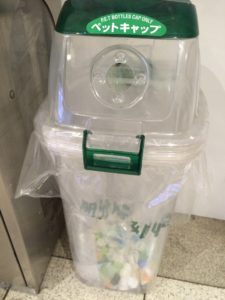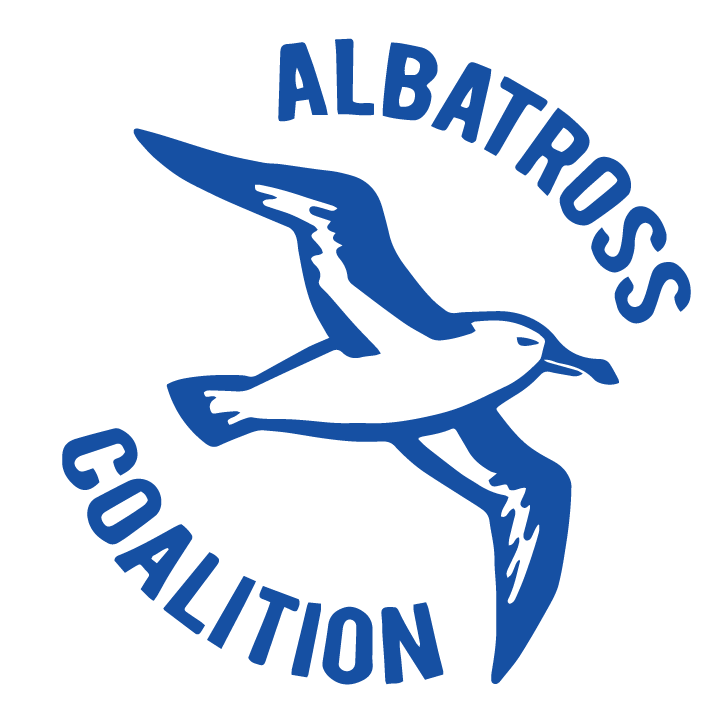Tokyo Subway PET Bottle Cap Collection Container
In 2016, Japan was demonstrating a remarkably systematic approach to plastic bottle cap recycling that would prove influential for global “connect the cap” advocacy efforts. This image captures Japan’s sophisticated waste separation culture, where citizens routinely separate plastic bottle caps from their containers for specialized recycling processing. This practice highlighted both the environmental benefits and practical challenges of keeping caps and bottles together in the recycling stream.

Japan’s leadership in bottle cap recycling was exemplified by the nationwide “Ecocap Movement,” established in 2007 by high school girls in Kanagawa Prefecture who felt that “throwing away used plastic bottle caps is mottainai (such a waste)!” By 2016, this grassroots initiative had evolved into a comprehensive system where schools, companies, and local government agencies collected caps and sent them to recycling companies, with the proceeds funding polio vaccines for children in developing countries. The movement had already collected over 11.8 billion bottle caps, raising 114.6 million yen and paying for 5,730,195 polio vaccines. This demonstrated the massive scale of plastic cap waste and the potential for organized collection efforts.
This systematic approach reflected Japan’s broader culture of meticulous waste separation, rooted in centuries-old concepts of resource conservation and supported by comprehensive government policies. In Japan, it became common for individuals to wash their plastic products and separate bottles into three parts: the cap, the film, and the body, before processing, creating detailed separation systems that achieved high collection rates. The transparent collection containers shown in this 2016 image represent the infrastructure that made such organized cap collection possible at scale. This demonstrated both the potential and the practical challenges of relying on consumer behavior to address plastic waste, insights that would prove valuable for California’s subsequent legislative efforts to require tethered caps on beverage containers.
Update: Japan in 2025
Nearly a decade later, Japan’s experience with organized cap collection has provided valuable lessons for the global movement toward tethered cap solutions. Companies like Oishi Group have adopted tethered caps on their beverage packaging, recognizing that “despite using PET bottles and caps that can be 100% recycled, the separated caps were inevitably thrown away after opening, making it difficult to collect them for recycling.” While the Ecocap Movement continues its charitable work, the shift toward connected caps represents an acknowledgment that even highly organized separation systems couldn’t fully solve the cap litter problem. Japan’s experience demonstrates that while dedicated collection efforts can achieve meaningful results, keeping caps attached to bottles from the start eliminates the waste stream entirely, protecting marine ecosystems and the communities that depend on them. This evolution from collection-based to prevention-based approaches reinforces the importance of policy solutions like California’s tethered cap legislation, ensuring that good intentions translate into lasting environmental protection.
